
San Diego
Jewish Academy
Art
Revisited Detailed
Composite Drawing
|
|
San Diego
Jewish Academy |
E-Mail Doug at mrdoug@aznet.net or Melissa at mjmckinstry@earthlink.net
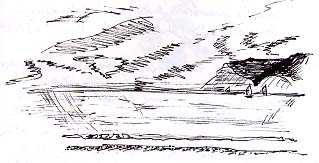

This project allows students to revisit the detailed composite drawing they created for Phase 3 of the Special Place Tile project and to revise and edit their drawing.
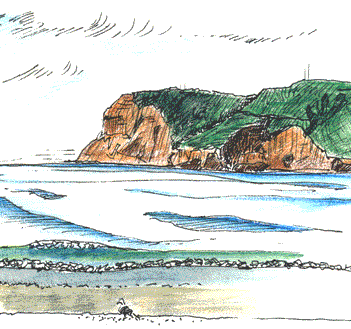
The goals for this project entail student growth and understanding in the areas of revision and editing, drawing techniques, and the relationship among care, effort, and success.
Special Place Tile Project - five phases that work through the creative process to create a three-dimensional ceramic tile.
Demonstrations on:
The 4 main elements of composition are:
Context - 1. the parts of a written or spoken statement that precede or follow a specific word or passage, usually influencing its meaning or effect; You have misinterpreted my remark because you took it out of context. 2. the set of circumstances or facts that surround a particular event, situation, etc. (Webster's, 1998, p. 439)
Bias - 2. a particular tendency or inclination, esp. one that prevents unprejudiced consideration of a question; prejudice
Perspective - 5. the state of one's ideas, the facts known to one, etc., in having a meaningful interrelationship: You have to live here a few years to see local conditions in perspective. 6. the faculty of seeing all the relevant data in a meaningful relationship: your data is admirably detailed but it lacks perspective.
Simplicity - Isolate your subject as much as possible.
Establishing distance - You must zero in on the subject, but also keep the idea of what you are trying to say.
Choosing an angle - As a general rule, drawings (photos) that are taken straight on are less pleasing to the eye than those with higher or lower views, mainly because straight-on views contain fewer diagonal lines that help make compositions more dynamic.
Rule of thirds - Superimpose a tic-tac-toe- board in your composition and see what the subject or center of interest looks like when placed at one of the intersections. You will have a composition with higher impact if the subject is not centered exactly.
Framing - Doorways, trees, windows, arches, shadows, and many other objects can provide a natural frame for your subject and tell more of the story of the picture.
Leading lines - Look for lines that the eye can follow, especially from foreground to background. A fence, a road, blinds on a window, sunlight coming in and making patterns on the wall or floor are examples of leading lines. By the same token, be aware of objects in the background that might distract viewers.
Peak of emotion - Too many artists create without waiting for just the right composition. Without thinking about what they want to say and how they want to say it in the most powerful, yet honest manner.
See http://www.writedesignonline.com/resources/design/rules/layout.html

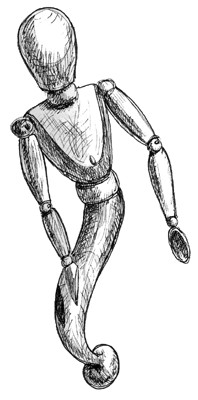
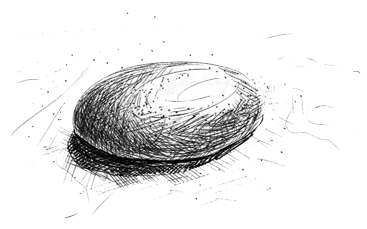
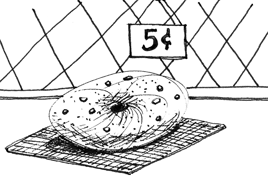
You are the artist.
You make the decisions about what to include, what to omit, how to
interpret your composition.
Total (50 points)
Please don't get lazy with your exploration.
Time spent in the creative process leads to much more satisfactory,
sometimes even brilliant, results.
Remember to enjoy the journey.
E-Mail Doug at mrdoug@aznet.net
or Melissa at mjmckinstry@earthlink.net
|
|
Melissa and I would like to |